Alaska Personal Injury Laws
Exploring the intricate landscape of Alaska's personal injury laws requires a nuanced understanding of its legal principles and procedures. These laws serve as the cornerstone for adjudicating claims related to injuries sustained through various incidents, ranging from automobile accidents to workplace mishaps. Given the unique aspects of Alaska's legal framework, including the application of comparative negligence and specific statutes of limitations, individuals seeking redress for their injuries face a complex process. As we investigate the critical elements of personal injury cases in Alaska, including the establishment of negligence, liability, and potential compensation, a thorough examination reveals the strategic considerations essential for pursuing a successful claim. This discussion invites a deeper look into how these legal nuances influence the outcome of personal injury cases in Alaska, underscoring the importance of informed legal guidance in these matters.
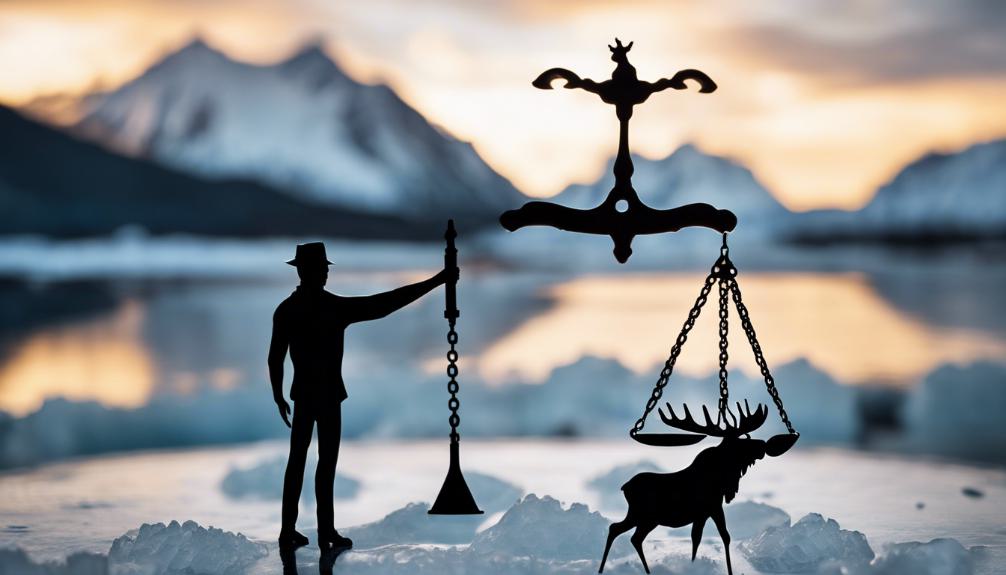
Key Takeaways
- Alaska personal injury law encompasses compensation for both economic and non-economic damages, subject to damage caps.
- Fault and comparative negligence principles significantly influence compensation amounts in Alaska personal injury cases.
- The Alaska Bar Association provides crucial legal resources, including a Lawyer Referral Service for those seeking personal injury representation.
- Support and advocacy for individuals with disabilities in personal injury cases are available through the Disability Law Center of Alaska.
Understanding Personal Injury

Personal injury in Alaska encompasses a wide array of physical, emotional, or psychological harm inflicted upon an individual due to the negligence or intentional acts of another. The state sees a broad range of such injuries resulting from various incidents, including but not limited to workplace accidents, vehicular collisions, and unsafe premises. The pursuit of a personal injury case in Alaska demands a thorough understanding of the factors at play, including the cause of the injury, the extent of harm, and the circumstances leading to the incident. Victims aiming to navigate the complexities of such cases often seek legal representation to effectively address the multifaceted nature of personal injury claims, aiming for restitution for the damages suffered.
Legal Grounds Explained
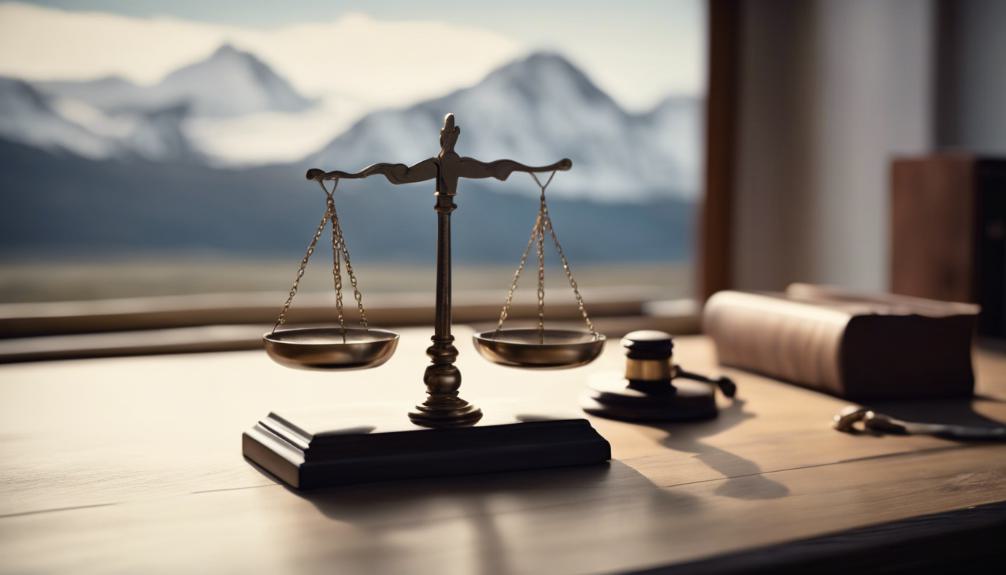
Understanding the legal foundations upon which personal injury claims are built in Alaska is essential for victims seeking justice and compensation for their injuries. In the state, personal injury law encompasses a wide range of scenarios where individuals may suffer harm due to another's actions or inactions. It's not limited to physical injuries but also includes emotional and psychological harm. The core of these laws is to provide a legal framework for injured parties to seek compensation for their losses, which can include medical expenses, lost wages, and pain and suffering. This legal framework is fundamentally designed to hold parties accountable for their conduct that results in harm to others, ensuring that victims have a pathway to recover damages and rehabilitate from their injuries.
Negligence and Liability
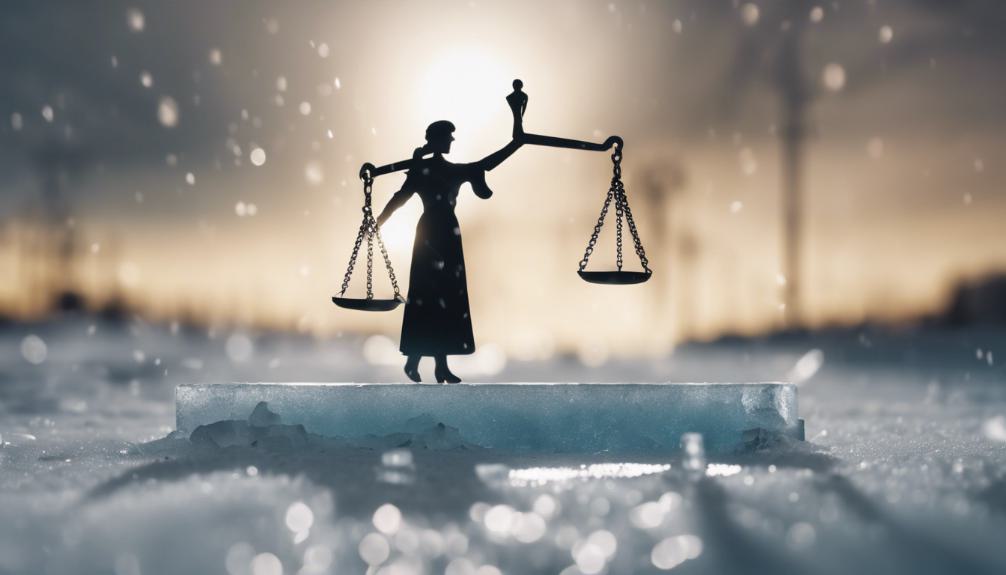
Building on the foundational principles of personal injury law, negligence and liability form the core of many legal claims in Alaska, determining the responsibility for damages suffered by the injured party. In Alaska, to establish negligence, the plaintiff must prove that the defendant owed a duty of care, breached this duty, and directly caused the plaintiff's injuries as a result. This concept underscores the importance of demonstrating a clear link between the defendant's actions (or inactions) and the harm incurred. Alaska's legal framework also incorporates the principle of comparative negligence, which assesses the degree of fault of both parties involved. This means that if the injured party is found partly responsible for the incident, their compensation may be reduced proportionally to their share of fault, emphasizing the nuanced nature of establishing liability and negligence in personal injury cases.
Types of Injury Cases
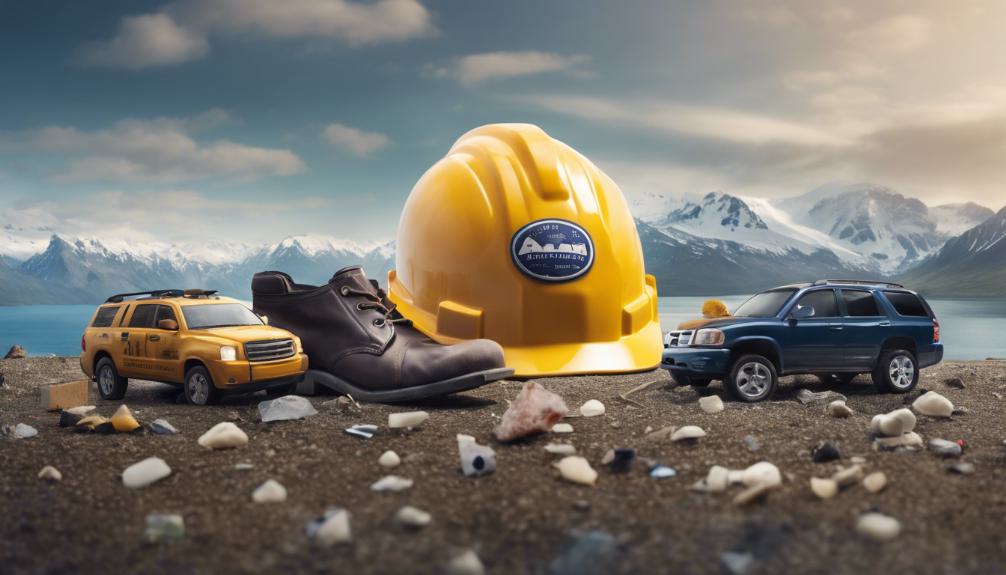
Exploring the landscape of personal injury law in Alaska reveals a diverse array of case types, each presenting unique challenges and considerations. Among the most common are motor vehicle accidents, which range from minor collisions to severe crashes resulting in significant injuries or fatalities. Medical malpractice cases, another prevalent type, arise when healthcare professionals fail to provide the standard of care expected, leading to patient harm. Slip-and-fall accidents, often occurring on icy or poorly maintained premises, highlight the importance of property safety. Finally, product liability incidents, where defective or unsafe products cause injury, underscore the responsibility manufacturers bear towards consumers. Each case type demands a thorough understanding of specific legal principles, evidentiary requirements, and potential defenses, making the pursuit of justice in personal injury claims a complex endeavor.
Compensation Overview
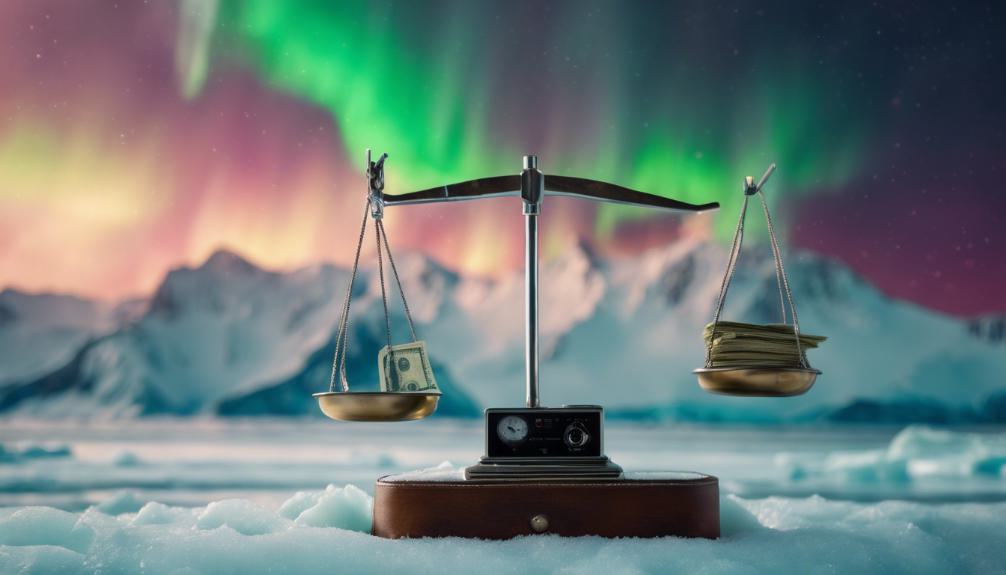
Understanding the complexities of compensation in Alaska personal injury cases requires a clear grasp of the legal framework and potential financial remedies available to victims. In Alaska, compensation for personal injury encompasses both economic and non-economic damages. Economic damages refer to tangible losses such as medical expenses, lost wages, and property damage. Non-economic damages cover intangible losses like pain and suffering, emotional distress, and loss of enjoyment of life. The goal of compensation is to restore the injured party to the financial position they would have been in had the injury not occurred. It's important for victims to document all related expenses meticulously and seek legal advice to guarantee a detailed claim that accurately reflects their losses and suffering.
Damage Caps Insights

In Alaska, personal injury law imposes certain limitations on the amount of damages that can be awarded in lawsuits, known as damage caps. These caps are particularly significant in cases involving non-economic damages, such as pain and suffering, where the law seeks to limit the potential for exorbitant awards that could destabilize the economic balance between parties. Specifically, Alaska caps non-economic damages at the greater of $400,000 or the injured person's life expectancy in years multiplied by $8,000 for cases involving severe permanent physical impairment or disfigurement. For other non-economic damages, the cap is set at $250,000 or the injured person's life expectancy multiplied by $8,000, whichever is greater. This approach aims to standardize compensation while ensuring fairness and predictability in personal injury lawsuits.
The Claims Process
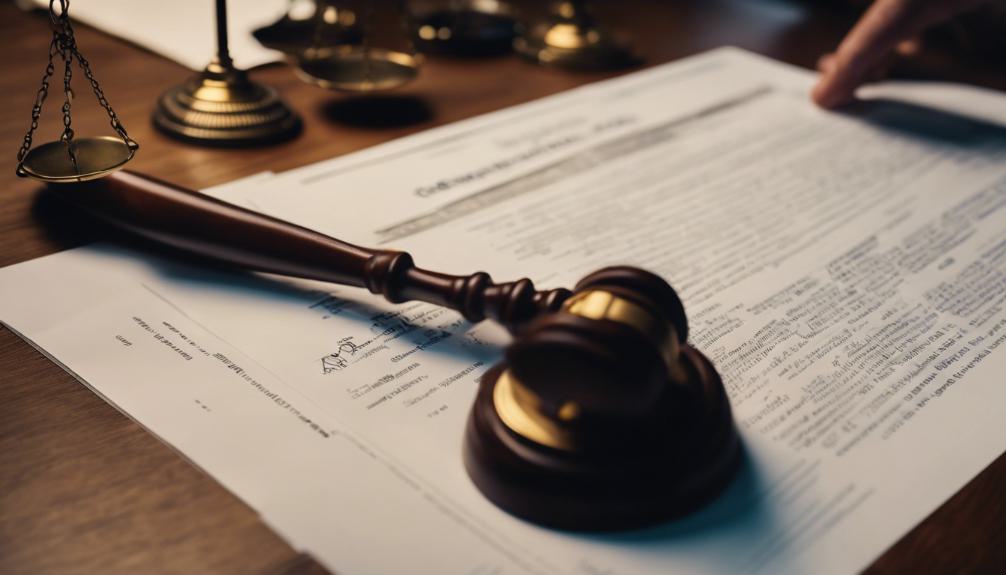
Understanding the claims process for personal injury cases in Alaska requires a thorough grasp of several key steps and legal requirements. Initially, the injured party, or plaintiff, must seek prompt medical attention to document the injuries sustained. This medical documentation is essential as it establishes a direct link between the incident and the injuries claimed. Following this, the plaintiff typically engages a personal injury attorney to assess the viability of the case and to navigate the complexities of Alaska's legal system. The attorney will then file a complaint on behalf of the plaintiff, outlining the damages sought. This initiates the discovery phase, where both parties exchange information and evidence. Settlement discussions may occur at any stage, aiming to resolve the case without proceeding to trial.
Statute of Limitations
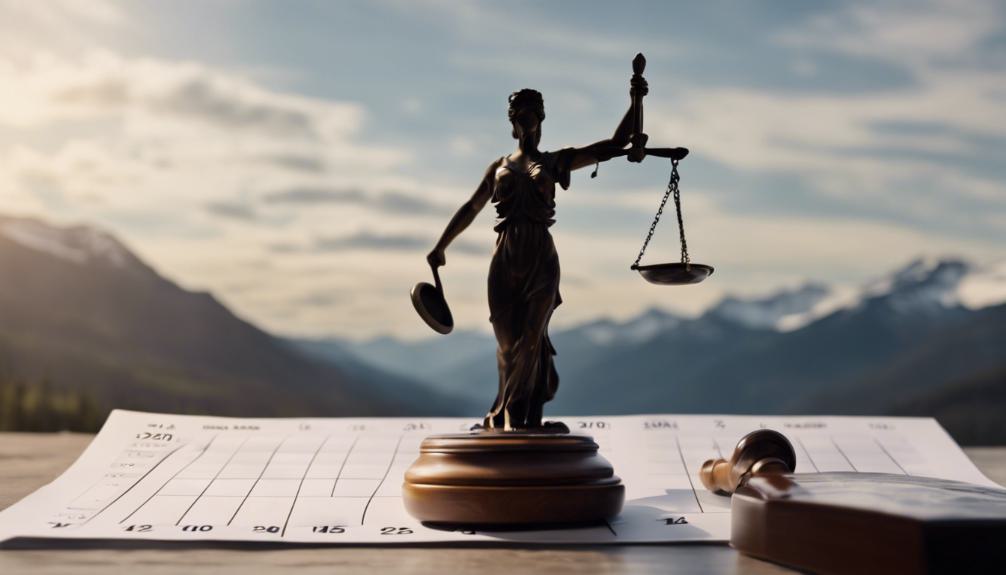
The statute of limitations sets a deadline by which an individual must file a personal injury lawsuit in Alaska. This legal timeframe is important for plaintiffs to understand, as failing to file within this period generally results in the loss of the right to seek compensation through the court system. In Alaska, the standard statute of limitations for most personal injury claims is two years from the date of the injury. This includes injuries resulting from accidents, negligence, and most other causes. However, there are exceptions based on specific circumstances, such as claims against government entities, which may have shorter filing deadlines. Understanding and adhering to these time constraints is essential for preserving one's legal rights and ability to pursue a personal injury claim in Alaska.
Fault and Compensation

After considering the statute of limitations for personal injury claims in Alaska, it is equally important to examine how fault is established and the role it plays in determining compensation for the injured party. In Alaska, the principle of comparative negligence applies, meaning that the compensation awarded to the injured party can be reduced by their percentage of fault in causing the injury. This system allows for a vital evaluation of each party's responsibility for the accident. For instance, if a plaintiff is found to be 20% at fault for an accident, their compensation would be reduced accordingly. It's essential for plaintiffs to understand this concept, as it directly impacts the potential compensation they can receive from a personal injury lawsuit.
Legal Resources Available
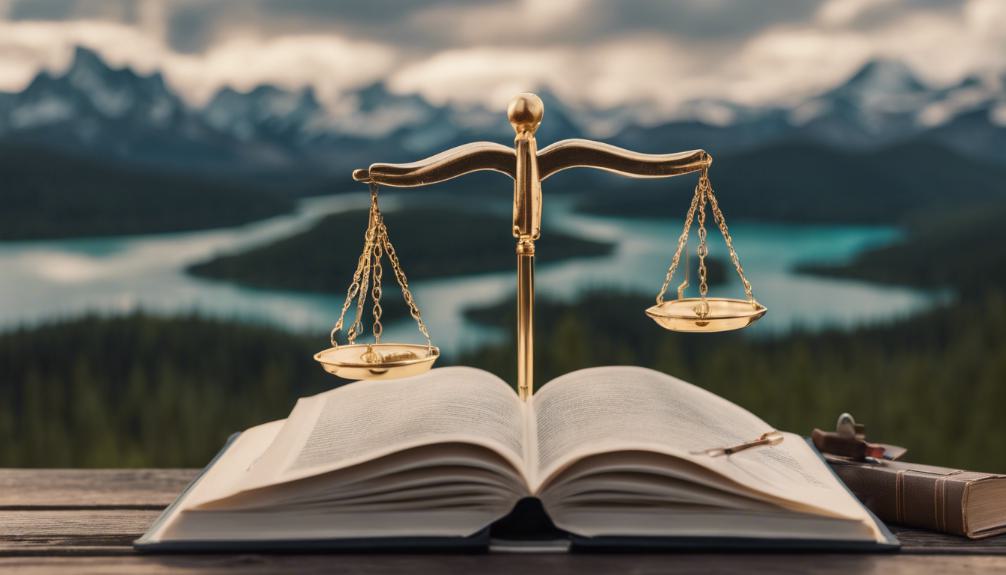
For individuals seeking legal assistance in Alaska following a personal injury, a variety of resources are available to guide and support them through the legal process. The Alaska Bar Association offers a Lawyer Referral Service, providing access to a directory of member attorneys specialized in different areas, including personal injury law. Low-income residents may find invaluable assistance through the Alaska Legal Services Corporation, which offers legal aid in various matters. Additionally, the Alaska Department of Law provides insights and resources that can help understand the intricacies of state laws. For individuals with disabilities, the Disability Law Center of Alaska offers targeted support and advocacy services, ensuring that legal resources are accessible to everyone in need of dealing with the complexities of personal injury claims in Alaska.
Frequently Asked Questions
How Does Alaska's Harsh Weather Impact the Determination of Negligence in Slip-And-Fall Cases?
Alaska's severe weather conditions, including ice and snow, play a significant role in evaluating negligence in slip-and-fall cases by influencing the reasonableness of a property owner's duty to maintain safe premises for visitors.
Can Emotional Distress Be Considered a Personal Injury in Alaska, and How Is It Proven in Court?
In the domain of legal disputes, emotional distress stands as an invisible wound, yet in Alaska, it qualifies as personal injury. Proving it necessitates evidence of psychological impact, often through expert testimony and medical records.
Are There Any Unique Wildlife-Related Personal Injury Cases in Alaska, and How Are They Handled Legally?
Wildlife-related personal injury cases in Alaska present unique challenges, requiring specialized legal understanding. These incidents are handled through the principles of negligence or strict liability, depending on the circumstances surrounding the wildlife encounter and subsequent injury.
How Does the Presence of Native American Jurisdictions in Alaska Affect Personal Injury Claims and Settlements?
Exploring the maze of personal injury claims in Alaska, Native American jurisdictions add a layer of complexity, affecting the process and potential settlements due to sovereign immunity and distinct legal frameworks within these communities.
In Cases Involving Tourists or Non-Residents Injured in Alaska, How Does Jurisdiction Affect Their Ability to File a Personal Injury Lawsuit?
In cases where tourists or non-residents are injured in Alaska, jurisdiction plays a vital role in determining where they can file a personal injury lawsuit, potentially affecting the legal process and outcomes of such cases.
Conclusion
To sum up, the maze-like world of personal injury law in Alaska demands not just a compass but a full-fledged GPS to navigate its complexities. This article has endeavored to chart a course through the dense thicket of legal considerations, from the foundational aspects of negligence and liability to the nuanced application of comparative negligence, providing a vital beacon of understanding. For those embroiled in the pursuit of justice within this domain, it serves as an indispensable guide, illuminating the path toward rightful compensation and legal resolution.

This post has been generated by AI and was not reviewed by editors. This is Not legal advice. Please consult with an attorney.




